Professor Steven Plaut continues his chilling vision of a “Mini-Israel.”
Israel Will Never Be Small Enough
By: Steven Plaut
Date: Wednesday, September 02 2009
A view from the year 2016:
As we know, a unique new peace program was proposed six years ago, in 2010, and implemented in 2012. The plan was based on the principle of Two States for Two Peoples and it received near-unanimous support from the Israeli Left. Among those celebrating the breakthrough and endorsing the plan were Peace Now, Physicians for Human Rights, Meretz, Yesh Gvul and many other like-minded organizations.
A number of European governments decided to provide generous funding for all groups endorsing the proposal.
The new Two States for Two Peoples plan was very simple. The Gaza Strip, the West Bank, and large areas of Israel-within-the-Green-Line (that is, inside Israel’s pre-1967 borders) would become a new Palestinian Arab state. At the same time the Jews would be allowed to retain their own state in Mini-Israel.
Mini-Israel was a miniature city, similar to the Madurodam in Holland and other mini-cities in European countries. Located in a beautiful park near Latrun in the Ayalon Valley, with easy access to and from Yasir Arafat International Airport in Lod (the name was changed from Ben-Gurion Airport in 2012), it was a most exciting tourist attraction.
First opened in 2002, it featured over 350 beautifully crafted exact-replica models of historical, religious, archeological and modern sites. Mini-Israel presented visitors with a one of a kind introduction to Israel, all in one magical site. Everything was to exact scale, where each 4 centimeters represented a full meter of pre-liberation Palestinian territory.
The sites in Mini-Israel depicted different traditions and the ethnic groups associated with them – Muslim, Jewish, Christian, Druze, Beduin and others.
The idea of relocating the real Israel to Mini-Israel was “simply outstanding,” enthused longtime leftist nuisance Yossi Beilin.
“After all, Mini-Israel captures all aspects of Israel and all of its cultures and traditions. There are religious and secular themes, arts, music, archeology, antiquities, and so on.”
“We have been insisting for decades that land has no real importance in the modern world,” added Shulamit Aloni. “Under this peace plan, we prove that Israelis may preserve all aspects of their heritage without occupying lands that properly belong to others.”
Mini-Israel, liberals and leftists were quick to point out, had everything Jews needed to operate their own state. Food and supplies were available in the souvenir shop. The grounds contained 30,000 figures, 50 animals, 15,000 trees (real bonsai, cultivated and planted by the Agronoy nursery), 4,700 cars, 100 motorbikes, 14 trains, 3 helicopters, 32 aircraft, 175 ships and 230 trucks.
The park was loosely shaped like a Star of David, with each of the six triangles representing an area or city – Jerusalem, Tel Aviv, Haifa, Galil, Negev, etc. – though once the real Israel retreated into Mini-Israel, the shape was modified so as not to offend non-Jewish residents.
The underlying principle for achieving peace with this plan was based on egalitarian reciprocity. All Jews were to be expelled from the area to become Palestine, while Arabs would be allowed to exercise their right of return to Mini-Israel.
Progressive Jews in other countries – J Street, the Religious Action Center of the Reform movement, etc. – joined their Israeli ideological soul mates in enthusiastically supporting the plan, urging President Obama and Secretary of State Clinton to adopt it as U.S. policy.
The only opposition to the plan came from some who believed it did not go far enough.
“The proposal still does not resolve the fundamental injustice of Mini-Israel being an apartheid regime in which Arabs are denied equal rights,” insisted uber-leftist Uri Avnery. Several editorials in Haaretz agreed. At the initiative of the departments of political science at Ben-Gurion University and Tel Aviv University, 637 Israeli professors and lecturers signed a statement demanding that Mini-Israel be boycotted because not all the signs there were in Arabic.
They also called on the EU and the U.S. to intervene in the conflict and send troops to Mini-Israel to prevent the Jews there from charging Arab visitors admission fees for tickets.
But criticism of the new Jewish state of Mini-Israel began to spread almost as soon as the new plan was implemented. As the six-month anniversary of Two States for Two Peoples approached, Toronto’s York University became the first of 27 universities in North America to hold scholarly conferences on injustice and discrimination in Mini-Israel.
Things only got worse. The government of Mini-Israel decided to put up a security wall to keep out visitors who tried to get in without buying tickets. “Tear down this Apartheid Wall,” screamed members of Anarchists against the Wall and the International Solidarity Movement. Israel’s left-wing parties held rallies in Rabin Square – the small one in Mini-Israel of course, not the big one in liberated Palestine.
Under the banners “We Now Have a Peace Partner,” and “It Won’t be Over Until We Negotiate,” they protested against talk in the Mini-Knesset of retaliation by Mini-Israel against Palestine for the mortars and rockets being fired into Mini-Israel from nearby liberated Latrun.
The ayatollah of liberated Palestine, meanwhile, responded to an emergency request from residents of Mini-Israel to be allowed safe passage to Arafat Airport where they could catch flights to safety overseas.
“Use your own airport in Mini-Israel,” came the perfunctory response. “Just don’t fly over our air space.”
Steven Plaut, a frequent contributor to The Jewish Press, is a professor at Haifa University. His book “The Scout” is available at Amazon.com. He can be contacted at steveneplaut@yahoo.com.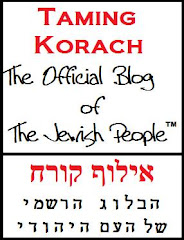






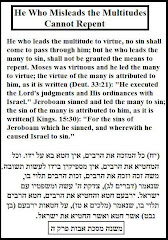


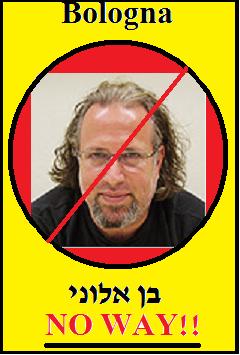
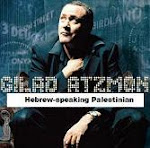
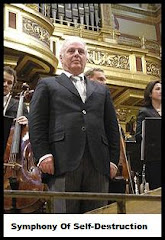
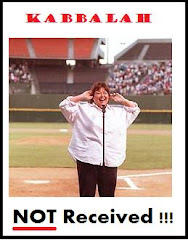
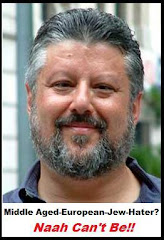
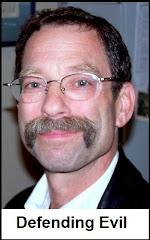
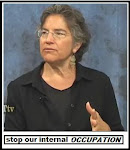

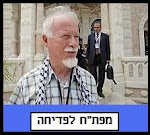

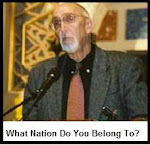

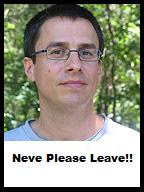



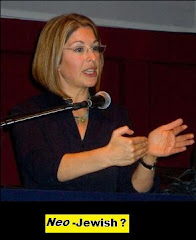


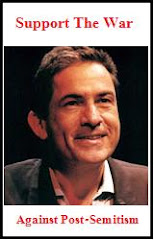


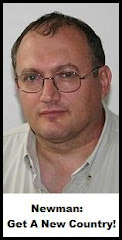



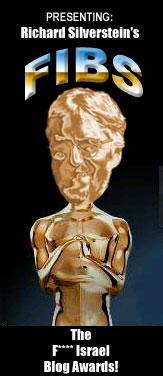










No comments:
Post a Comment